Portraits of Wildflowers
Perspectives on Nature Photography
Search on this site:
Copyright Notice
The photographs and text on this site are the property of Steven Schwartzman. You may link to these articles but may not use the photographs or text without written permission.
Information
- A way to purchase a print
- About Me
- About My Equipment
- About My Techniques
- About This Column
- Books About Texas Plants
- Some highlights
Top Posts & Pages
Recent Posts
- FM 2323
- Still farther west on Texas 71
- Farther west on Texas 71
- Nothing anomalous
- By the side of the highway
- When is a leaf not a leaf?
- Prairie bishop and prairie parsley on the prairie
- Lake Victor
- Oh those clouds
- Prairie View Cemetery
- Insects on wildflowers
- Opening wildflowers portrayed with light and shadows
- Probably the most expansive wildflower displays we’ve ever seen
- Unfamiliar bluebonnet associations
- A new wildflower cemetery
- Before and after Inks Lake State Park
Calendar of Posts
Archives
Native Plants
- Botanical Research Institute of Texas
- Central Texas Native Plants
- Foraging Texas
- Lady Bird Johnson Wildflower Center
- Native Plant Discussion Group
- Native Plant Society of Texas
- Native Prairies Association of Texas
- Texas Native Shrubs
- Texas Native Trees
- Texas Wildbuds
- Texas Wildflower Sightings


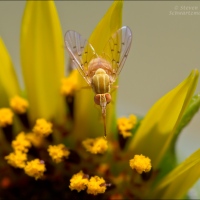
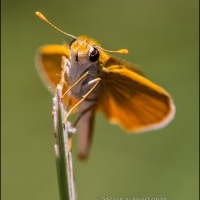

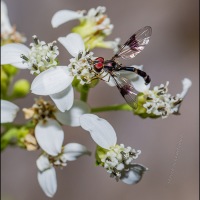
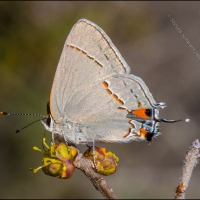
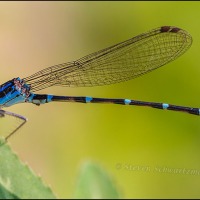

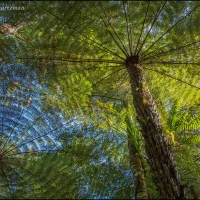
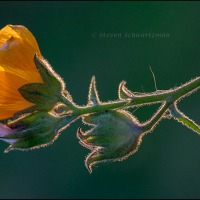
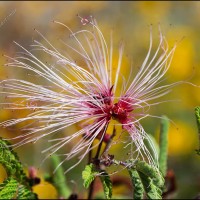
My daughter, when she was young, would have said, “There’s Biology in there.” Indeed. Whatever was living in that mix was surely thriving … just look at all that oxygen! Where would we be without photosynthesis?
Pairodox Farm
March 19, 2016 at 5:37 AM
And where would I be without photographesis?
Speaking of biology: have people tested the bubbles in a situation like this and determined they contain oxygen? You spoke of “that mix,” so are other gases produced as well?
Steve Schwartzman
March 19, 2016 at 6:57 AM
The mix I referred to was one of plants, algae, bacteria, cyanobacteria, diatoms, and who-knows-what-else. The oxygen produced by photosynthesis (and the gas in the bubbles) is pure oxygen (20.95% in ‘air’). As far as the balance of the air we breathe … respiration produces carbon dioxide (0.033% in ‘air’) and nitrogen fixation produces nitrogen (78.08% in ‘air’). I have no idea where the argon comes from (0.93% in ‘air’)!
Pairodox Farm
March 19, 2016 at 7:08 PM
I’m familiar with the general distribution of gases in the atmosphere, but what I meant to ask was whether processes are going on in or around the algae that add gases other than oxygen to these bubbles.
Steve Schwartzman
March 19, 2016 at 7:31 PM
I don’t believe so.
Pairodox Farm
March 20, 2016 at 5:09 AM
Then that raises the question of whether a mat of bubbles like this is combustible. No one is likely to put a lighted match to one, but I couldn’t help wondering what would happen if someone did.
Steve Schwartzman
March 20, 2016 at 7:49 AM
That’s an empirical question. I would guess that the experiment would be tough to do in such a highly aqueous environment.
Pairodox Farm
March 20, 2016 at 9:18 AM
I’ve wondered if we’d get a brief blaze atop a creek, a small version of the way polluted rivers (notoriously the Cuyahoga in Ohio) sometimes used to catch on fire.
Steve Schwartzman
March 20, 2016 at 9:31 AM
This is one that became even more interesting when enlarged. The bubbles are cool, but I really like the strands that are woven through them. Or, perhaps the bubbles have (appropriately enough) bubbled up through the strands. In either case, it’s a great image, and the addition of the lightly-laying leaf is perfect.
shoreacres
March 19, 2016 at 7:48 AM
The strands that run through and on algae bubbles have always appealed to me too. No doubt scientists have studied the formation of bubbles of this sort, but I have no idea how they form, how long the process takes, and what conditions are required.
As for the leaf, I assume it fell from one of the nearby live oaks. It was important for the little area of contrasting color it provided.
Steve Schwartzman
March 19, 2016 at 8:01 AM
This one is edging around my previous favorite from your algae images. Quite an interesting mix of textures and very appealing with the leaf for a textural contrast.
Steve Gingold
March 19, 2016 at 10:12 AM
It’s good to hear that this image is raising the bar. As you see from the enlargement of a little piece, there’s lots of detail here, considerably more than in your other favorite from a decade ago, thanks to advances in sensor technology.
The leaf was a bit of good luck, offering extra color and different texture.
Speaking more generally and thinking of some of your recent images: what I lack in ice I try to make up for in algae, and I don’t have to freeze my extremities off in the process.
Steve Schwartzman
March 19, 2016 at 10:31 AM
Lucky you. Tomorrow morning my extremities will freeze and then tomorrow night we are due for some early spring snow. Out like a lion, it seems.
Steve Gingold
March 19, 2016 at 6:08 PM
We have confidence in you as a lion tamer.
Steve Schwartzman
March 19, 2016 at 7:25 PM
Fantastic! Love the close-up of the brew.
Lemony (Gr)Egghead
March 19, 2016 at 11:40 AM
You’ve made me wonder what this would like through a microscope.
Steve Schwartzman
March 19, 2016 at 12:21 PM
This is amazing. And of course, a great photo as well!
Nandini
March 19, 2016 at 10:06 PM
Thanks, Nandini. I keep being fascinated by algae bubbles.
Steve Schwartzman
March 19, 2016 at 10:19 PM
The science of this picture is interesting and the close-up, extremely beautiful. I could look at those bubbles and filaments for way too long, Steve. 🙂
Jane
March 20, 2016 at 5:17 AM
Sounds like there’s a smartphone app in there somewhere, Jane. I can see the newspaper headline now: “Pedestrian creates own bubbles falling into fountain while absorbed in algae bubbles phone app.”
Steve Schwartzman
March 20, 2016 at 7:54 AM
🙂
Jane
March 20, 2016 at 8:12 AM
Maybe by rights I should expect one happy face per bubble.
Steve Schwartzman
March 20, 2016 at 8:35 AM
Sounds fair to me, Steve. 🙂
Jane
March 20, 2016 at 9:05 AM
Beautiful composition, Steve!
Lavinia Ross
March 20, 2016 at 10:27 AM
Thanks, Lavinia. The bubbles extended broadly enough that I could maneuver the camera to keep the fallen leaf off to one side.
Steve Schwartzman
March 20, 2016 at 10:31 AM
Must be in honor of the sparkling water and slightly effervescent [Texas] Muscat Canelli we shared last night at dinnertime….
kathryningrid
March 21, 2016 at 11:56 AM
And yet you wouldn’t want to drink any of this brew, with its quite different effervescence.
Steve Schwartzman
March 21, 2016 at 9:57 PM
It does make me think…wonder…would algae have any of the health benefits of seaweed? Hmmm…
kathryningrid
March 21, 2016 at 11:33 PM
Good question. There are many kinds of algae, and even if some of them are nutritious, I have no idea how palatable they are. The water in this pictures was becoming stagnant, so I don’t think we’d want to ingest anything that came from it.
Steve Schwartzman
March 22, 2016 at 12:01 AM
These photos are unique and beautiful!
It is a fascinating glimpse into a beautiful and special world you are giving us.
Thank you!!!
Truels
March 23, 2016 at 6:37 PM
You’re welcome. I’ve been doing lots of abstractions this year, especially with algae but also with lichens and rocks.
Steve Schwartzman
March 23, 2016 at 10:56 PM
SUPER!
absengeralois
April 4, 2016 at 10:34 AM
Thanks. There’s a beauty in complexity.
Steve Schwartzman
April 4, 2016 at 10:59 AM